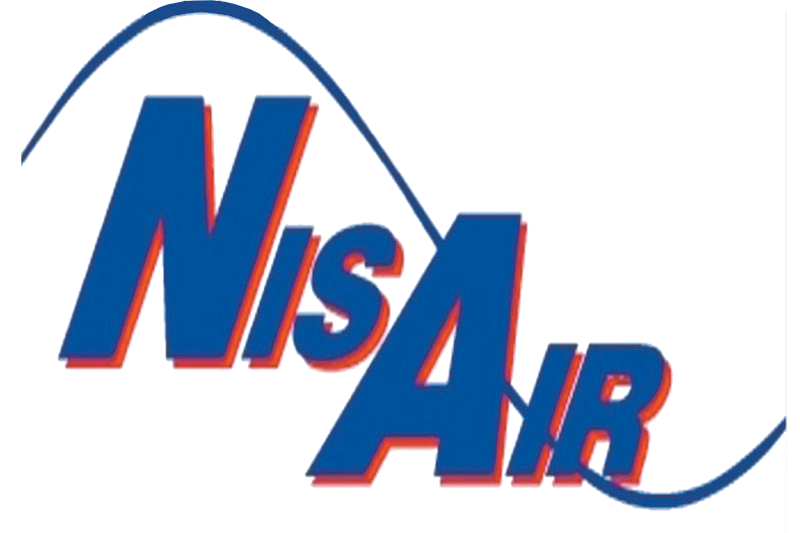Tight Ductwork Is a Must for Energy Savings
No how many windows you have replaced, how many tubes of caulking you have used, and how much weatherstripping you have applied, you may be wasting energy without realizing it’s happening. Your ductwork is a common source of energy waste in your home. Yet, this is often the last place homeowners believe there’s an issue with energy efficiency.
The Importance of Monitoring Ductwork
Ductwork is the network of pipes in a forced-air heating or cooling system that delivers conditioned air throughout your home. When the ducts are tightly connected and sealed, you’re setting yourself up for long-term energy efficiency. Because the ducts are primarily out of sight, damage is unnoticeable. Damage can be anything from a crushed piece of ductwork to pieces becoming flattened or torn. Often, homeowners don’t realize that leaks have been occurring for many years, with a constant stream of escaping air and energy. This is air that should be heating your home, and as a result, your HVAC system has to work overtime to compensate for the lost energy. This leads to both higher energy bills and more wear and tear on equipment.
Duct Inspections
During annual maintenance on your heating system, the technician should look at your ductwork to make sure it’s not leaking and is properly insulated in unconditioned areas. You can inspect the ducts yourself, as well. One red flag to look out for is standard duct tape connecting duct sections. This is a mistake because after a few years, the tape will dry up, become brittle, and fall off or crack and tear. High-quality metal tape or mastic sealant is the preferred way to connect or repair ducts. Duct tape does work well to serve as a patch until a service technician can do a comprehensive ductwork inspection.
For more information on improving your home’s energy efficiency, please contact us at NisAir Air Conditioning and Heating. We provide quality HVAC services to Martin County, Palm Beach and Indian River counties.

